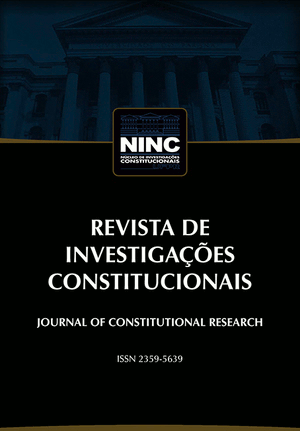Abstract
One of the most spectacle features anchored in Richard Albert’s Constitutional Amendments: Making, Breaking, and Changing Constitutions is the theory of constitutional dismemberment. In his masterpiece, Albert proposes constitutional designers who are interested in preserving legal continuity to codify procedures for not only amendment but also dismemberment, namely, a fundamental break with the core commitments or presuppositions of the constitution. This contribution questions whether the objectivist, third-person perspective of constitutional designers can be a vantage viewpoint to assesses the socially transformative irruption of constitutional dismemberment. Should the phenomenon of constitutional dismemberment be analyzed without the relative-subjective perspective of peoples who are apart from constitutional designs but actually live under the practical interest of daily life? In tackling this question, the first section reveals that the objectively observable quantum of popular support in terms of the mutuality and symmetry between original ratification and constitutional dismemberment does not necessarily corresponds to the phenomenon that is perceived from the first-person plural person perspective of population. The second section then installs the relational principle of intentionality, which is synthesized at the static, genetic and generative levels, so that the practice of constitutional dismemberment can be grasped not only from the objectively theoretical viewpoint but also from the inter-subjective phenomenological perspective.
Keywords:
constitutional design; constitutional dismemberment; phenomenology; legal intentionality; life-world.
